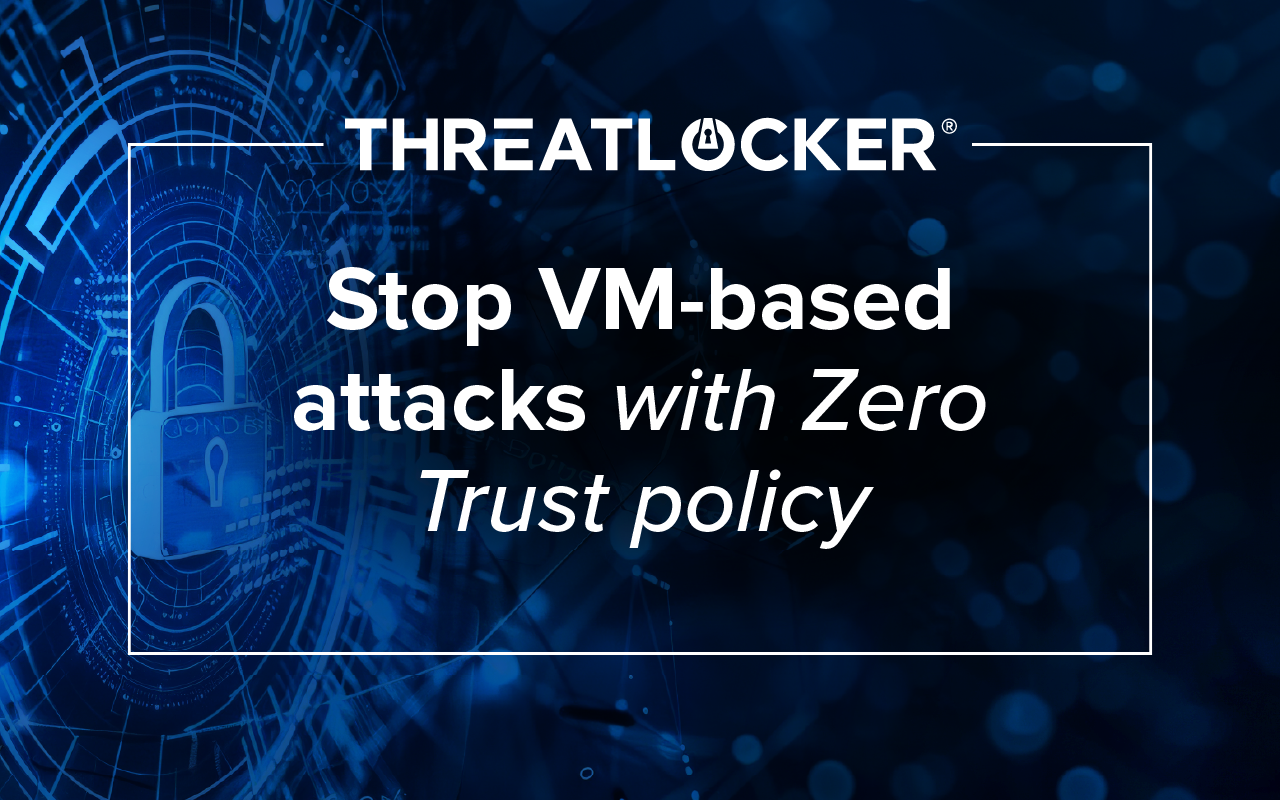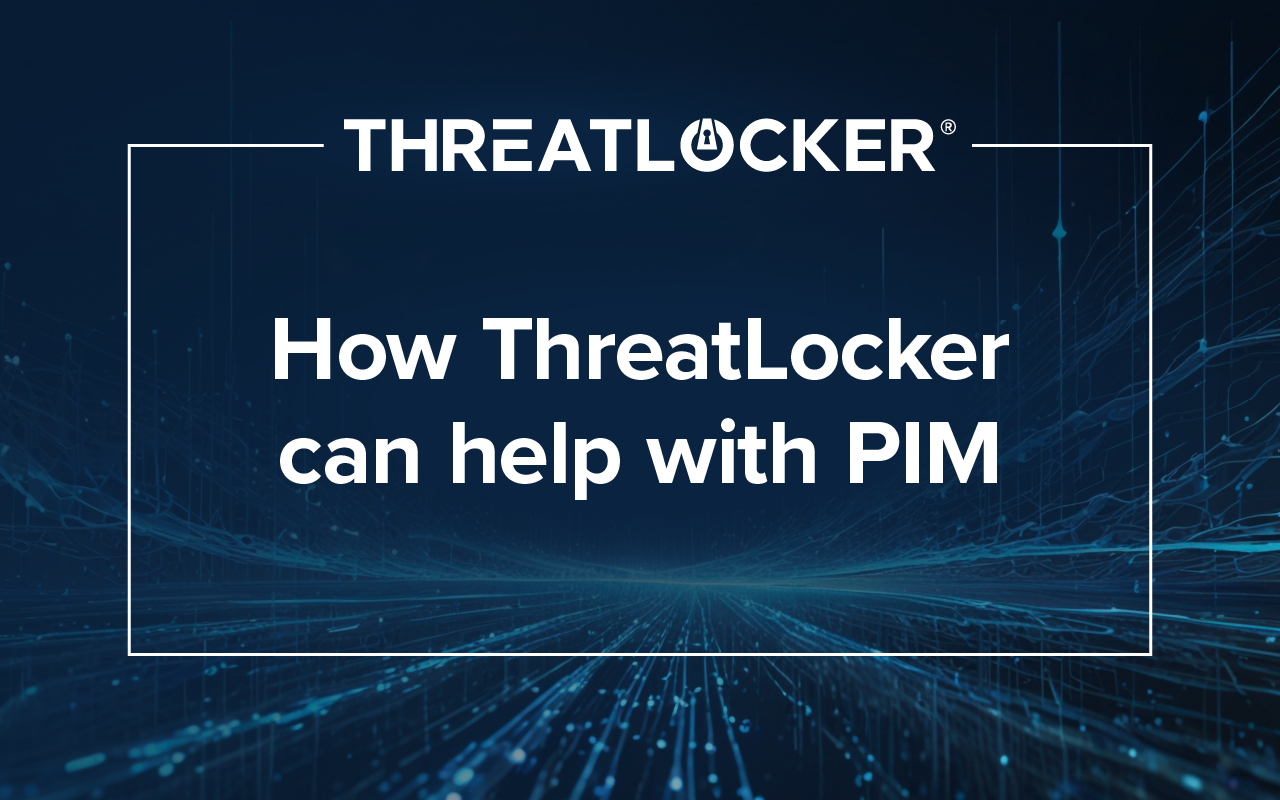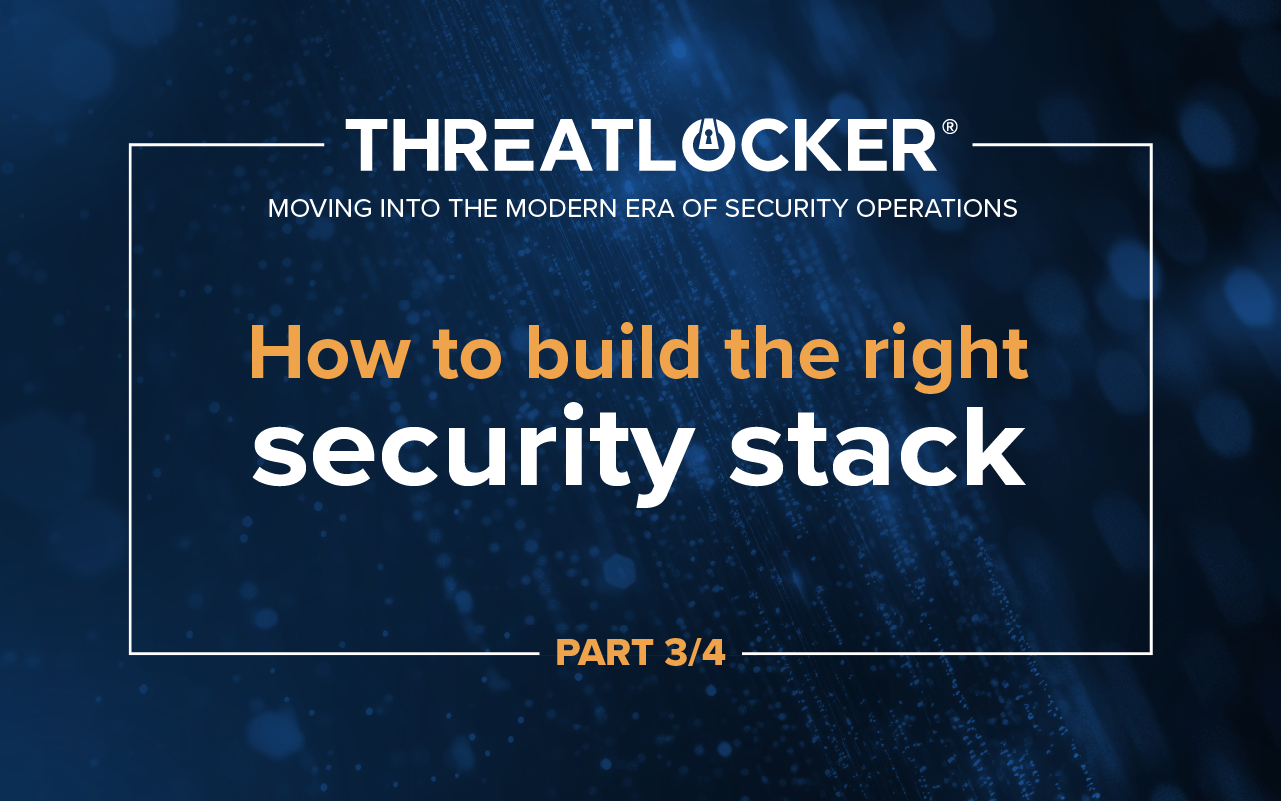Table of contents
Contents:
- Endpoint Privilege Management (EPM) limits user access to only what's needed, minimizing malware and data breach risks.
- EPM solutions control and monitor access to sensitive systems and data by managing credentials, user sessions, and enforcing least privilege.
- Key EPM benefits include a stronger security posture, reduced risk of data leaks, improved compliance with industry regulations, and detailed auditing capabilities.
- Choosing the right EPM solution involves considering automation capabilities, scalability, and user-friendliness.
- EPM best practices include regular audits of privileged accounts, enforcing least privilege, ongoing user training, and monitoring activity.
Securing sensitive systems and data against unauthorized access has become paramount for organizations. Endpoint Privileged Management (EPM) stands as a critical defense mechanism, designed to control and monitor access to an organization's most critical information and infrastructure.
Understanding Endpoint Privileged Management
Endpoint Privilege Management (EPM) is a security discipline that focuses on controlling and monitoring user privileges on endpoints like desktops, laptops, servers, and mobile devices.
The goal is to reduce security risks by giving users access to only what they really need for their jobs. By limiting these access rights, EPM helps lower the chances of issues like malware, insider threats, or accidental data breaches.
To fully understand EPM, let’s explore the distinction between regular and privileged accounts:
- Regular accounts: These are standard user accounts with limited permissions, meant for everyday tasks like browsing the web, using apps, and accessing personal files.
- Privileged accounts: These accounts, often called admin or root accounts, have a lot more control over the system and can perform actions that regular users cannot.
Key components of Endpoint Privileged Management
An effective EPM solution typically incorporates the following key components:
Credential management
This involves securing and managing privileged account credentials, including passwords, SSH keys, and certificates. It often includes features like storing passwords, rotating them regularly, and automating password changes.
Session management
This component provides oversight and control over privileged sessions, letting organizations monitor user activity, terminate suspicious sessions, and record activities for auditing purposes.
Least privilege enforcement
This is the main idea behind EPM, making sure users only have the bare minimum access they need to do their jobs. If extra privileges are required, they’re granted temporarily for specific tasks or apps, instead of giving permanent admin rights. User privileges should also be reviewed on a regular basis to ensure that minimum access is given.
How Endpoint Privileged Management works
A typical EPM solution operates by intercepting requests for privileged access and checking them against preset policies to decide whether to grant or deny the request.
This process often involves:
- User request: A user attempts to perform an action that requires higher privileges.
- Policy enforcement: The EPM system checks the request against configured policies, considering factors such as who the user is, what app they’re using, and even the time of day.
- Privilege escalation (if approved): If everything checks out, the EPM solution temporarily elevates the user's privileges to perform the specific task.
- Monitoring and auditing: The EPM solution continuously monitors privileged activities, logs all actions, and sends alerts if anything looks suspicious.
Integration with existing IT environments
EPM solutions are designed to integrate seamlessly with existing IT infrastructure, including directory services, identity and access management (IAM) systems, and security information and event management (SIEM) tools.
This makes it easier to manage everything from one place, simplifies workflows, and boosts your overall security.
The role of Endpoint Privileged Management in cybersecurity
Endpoint Privilege Management (EPM) goes beyond just managing user access—it’s key to strengthening a company’s overall cybersecurity.
Here’s a look at some of the ways EPM helps build a stronger security framework:
Preventing data breaches
One of the main jobs of EPM is to help prevent data breaches.
By limiting user privileges and following the least privilege approach, EPM makes it much harder for unauthorized access to happen. Even if an attacker gets hold of a user account, the damage they can do is kept to a minimum since the user doesn’t have the right to access critical data or systems.
Case study: Uber data breach
In 2022, an attacker gained access to Uber's internal systems by socially engineering an employee. This shows why employee training, multi-factor authentication, and limiting access based on roles are so important—all things EPM solutions can help with.
In this case, the attacker could access sensitive data, like source code and customer information, due to excessive privileges granted to the compromised account.
Compliance and regulatory requirements
Many industry regulations and compliance standards require strong access management practices. Endpoint Privileged Management tools can help organizations meet these requirements and manage user privileges effectively.
General Data Protection Regulation (GDPR)
This EU rule requires organizations to put the right technical and organizational measures in place to protect personal data, including strong access controls and data security measures.
Health Insurance Portability and Accountability Act (HIPAA)
This US regulation mandates strict security and privacy measures for protected health information, including access controls and audit trails.
Payment Card Industry Data Security Standard (PCI DSS)
This standard requires organizations that handle credit card information to implement strong access controls and security measures to protect cardholder data.
How EPM mitigates insider threats
Insider threats, whether malicious or accidental, are a big risk for organizations.
According to the 2023 Cost of Insider Risks study by the Ponemon Institute, 55% of cybersecurity incidents happen because employees accidentally make mistakes. These mistakes cost companies an average of $7.2 million a year to fix.
For example, if an employee accidentally clicks on a phishing link or downloads malware, it could compromise their account and give attackers a way into the network.
EPM helps prevent these situations by enforcing least privilege, keeping an eye on user activity, and giving you the tools to quickly revoke access when needed. This proactive approach helps organizations reduce the risk of insider threats and protect important assets.
Benefits of implementing Endpoint Privileged Management solutions
Let's explore some key advantages of implementing a solid Endpoint Privilege Management (EPM) solution.
Enhanced security posture
EPM strengthens security by enforcing least privilege principles and minimizing the attack surface.
By limiting user access to only what’s necessary for their roles, EPM lowers the chances of unauthorized access, malware infections, and attackers moving through the network. This proactive approach helps organizations stay ahead of evolving threats and protect their critical assets.
Reduced risk of data leaks and security breaches
EPM is key in preventing data breaches and reducing the impact of security incidents.
By controlling access to sensitive data and systems, EPM helps prevent unauthorized access, accidental leaks, and malicious insider actions. Even if a user account is compromised, the damage is limited thanks to restricted privileges.
Improved compliance with industry regulations
EPM helps organizations stay compliant with regulations by offering the tools needed to manage user access and privileged activities.
It includes features like detailed audit trails, session recording, and reporting, making it easier to prove compliance with rules like GDPR, HIPAA, PCI DSS, and more.
Detailed auditing and activity monitoring capabilities
EPM solutions offer full auditing and monitoring features, letting organizations track privileged activities, spot suspicious behavior, and look into security incidents. This includes real-time session monitoring, detailed logs of user actions, and alerts for anything unusual.
These insights help security teams catch and respond to threats quickly, keeping the security environment strong.
Choosing the right Endpoint Privileged Management solution
With so many EPM solutions out there, choosing the right one requires careful consideration.
Key factors to consider
Automation Capabilities
A good EPM solution should automate tasks like privilege elevation, password rotation, and account discovery. This lightens the load on IT teams and ensures policies are consistently enforced.
Look for features like:
- Just-in-Time Privilege Elevation: Temporarily giving elevated privileges only when needed for specific tasks.
- Automated password management: Securely storing, rotating, and managing privileged account passwords.
Scalability
The solution should be able to grow with your organization and adapt to changing needs. Think about the number of endpoints, users, and applications that need to be managed.
Cloud-based solutions usually offer more scalability and flexibility than on-premises options.
User-friendly interface
A simple, easy-to-use interface is important for both admins and end-users. The solution should make it easy to see user activities, policy settings, and security events.
Look for things like role-based access control, customizable dashboards, and detailed reporting.
Endpoint Privileged Management best practices
Implementing an EPM solution is just the first step. To get the most out of it and ensure ongoing security, organizations should follow these best practices:
- Regularly audit privileged accounts: Review privileged accounts periodically to remove any unnecessary access. This reduces the attack surface and ensures users have only what they need.
- Enforce least privilege: Give users only the minimum access they need to do their jobs, limiting the damage from compromised accounts or insider threats.
- Ongoing user training: Educate employees on security risks and best practices, like strong passwords, phishing awareness, and responsible use of privileged accounts.
- Monitor and respond: Keep an eye on privileged activities, review security logs, and act quickly on any suspicious events. Use your EPM solution's reporting and alerts to spot and handle threats.
Take control of your security
Ready to experience the power of Endpoint Privileged Management firsthand?
At ThreatLocker, we offer a comprehensive Endpoint Protection Platform with advanced products like endpoint privilege management.
Book a free demo with ThreatLocker today and discover how we can help you secure your endpoints, prevent cyberattacks, and achieve your security goals.






